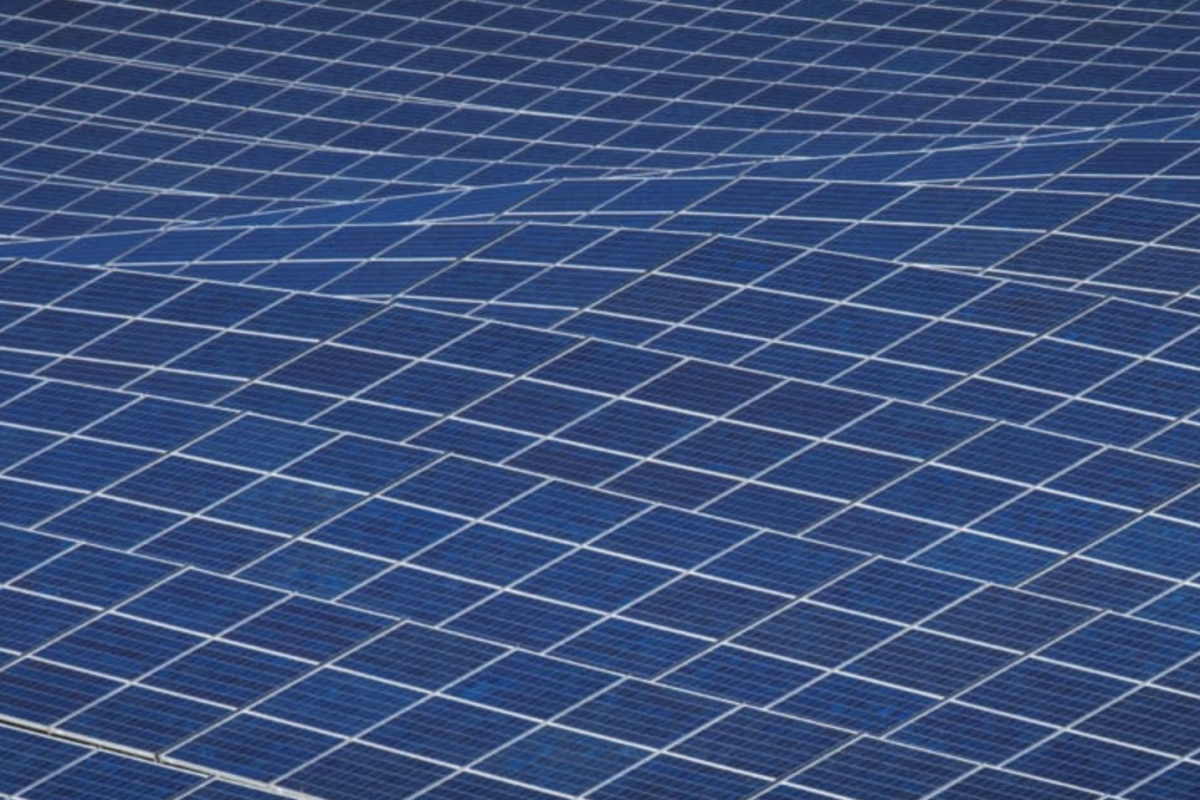Hydrogen associations from central Europe have told pv magazine that their hydrogen import projects are proceeding at full speed. In contrast, green hydrogen production projects in the central part of the continent are lagging behind in terms of development, primarily because of high electricity costs. Some analysts also noted issues with regulation and hydrogen demand in Europe.
Two sources, who asked to remain unnamed, said that some parts of Europe are better at dealing with production projects – namely, the Nordics and the Iberian Peninsula. As an example, they noted the results of the European Hydrogen Bank’s first auction, whose winners were projects in Finland, Norway, Spain and Portugal. Scandinavia and Iberia are indeed the two European regions with the lowest electricity prices.
“Norway has been a leader of CCS technology for over 30 years. Hydrogen is a tool in our toolbox for the energy transition,” said Hilde Gillebo, senior adviser for Norway's Ministry of Energy, adding that many Norwegian companies are active in the field, covering both blue and green hydrogen.
Henrik Andersen, Equinor's director hydrogen NWE, said that blue hydrogen is essential to scale up the market.
“We have to embrace blue hydrogen now. We will then gradually switch to green hydrogen,” said Bjørgulf Haukelidsæter Eidesen, CO-CEO for Horisont Energi, rejecting doubts about blue hydrogen's environmental sustainability.
Risk diversification
The uncertainties resulting from the business case of Europe are pushing technology companies, from electrolysis developers to process engineering specialists, to team up. This way, they can drive costs down, increase efficiency, and diversify risks. This approach is particularly relevant to kick off innovative projects, but also to scale up the production of existing technologies, while creating demand for products.
“Relationships are essential,” said Lorenzo Fernández de Villavicencio, strategy manager at Linde, during a joint presentation with Keshni Srirathan, senior associate at OCI Global.
In February 2023, OCI selected Linde to supply clean hydrogen and nitrogen to OCI's new blue ammonia facility under development in Texas. The project is expected to start production in 2025.
German energy company Uniper, meanwhile, said that Europe needs to expand its storage facilities. In April 2024, Gas Infrastructure Europe (GIE) wrote that there is an “urgent need for targeted policy intervention to fulfill European underground hydrogen storage requirements.”
Exporting countries
These were the main messages on the first day of the ongoing hydrogen conference in Rotterdam, where hydrogen-exporting countries are participating in great numbers. Canada and Australia are the two countries with the two largest stands and the most robust representation on the stages.
“Europe has a vibrant and advanced hydrogen economy, and we've seen here at the World Hydrogen Summit 2024 increasing momentum from both offtakers and developers,” Fortescue Energy CEO Mark Hutchinson told pv magazine. “The EU has done a lot to create goof regulation and bridge the cost gap, now what we need is for member states to translate that to country level regulations as well.”
Japan is also in the mix, with several companies speaking about how they transported hydrogen – either liquefied or through hydrogen carriers like methylcyclohexane (MCH).
In addition, several engineering and technical companies were present on the first day, mostly from Germany. There were few solar companies, but big oil and gas companies were well represented, from bp to Shell to Equinor.
This content is protected by copyright and may not be reused. If you want to cooperate with us and would like to reuse some of our content, please contact: editors@pv-magazine.com.



2 comments
By submitting this form you agree to pv magazine using your data for the purposes of publishing your comment.
Your personal data will only be disclosed or otherwise transmitted to third parties for the purposes of spam filtering or if this is necessary for technical maintenance of the website. Any other transfer to third parties will not take place unless this is justified on the basis of applicable data protection regulations or if pv magazine is legally obliged to do so.
You may revoke this consent at any time with effect for the future, in which case your personal data will be deleted immediately. Otherwise, your data will be deleted if pv magazine has processed your request or the purpose of data storage is fulfilled.
Further information on data privacy can be found in our Data Protection Policy.